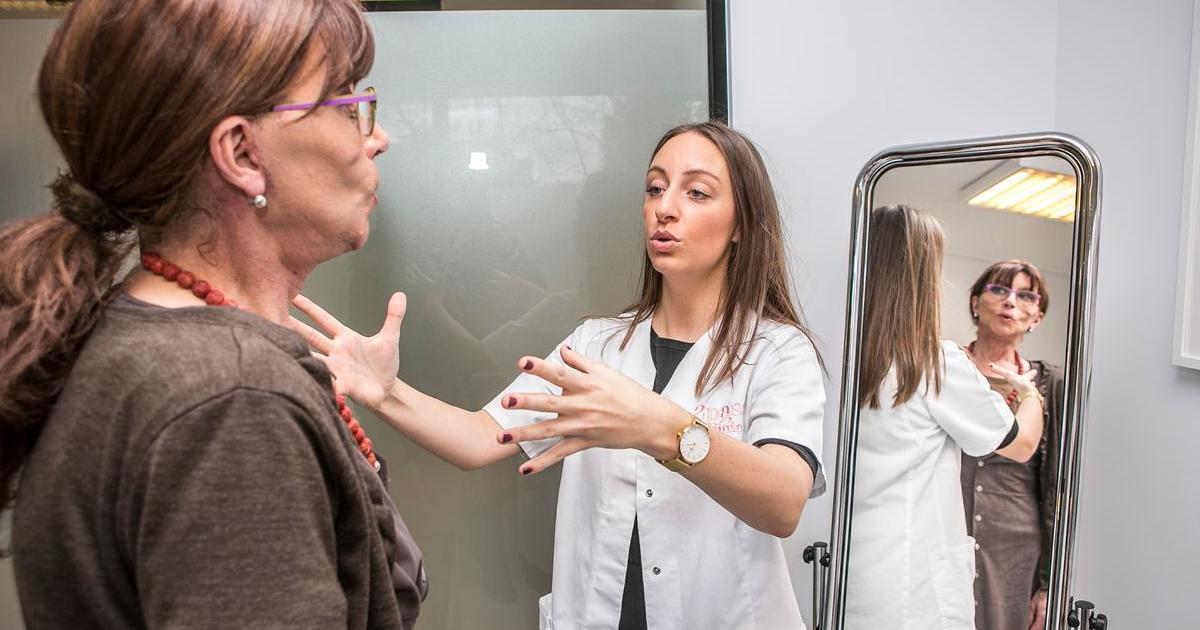How To Treat Vocal Cord Paralysis
Vocal cord paralysis is a condition that occurs when the nerve impulses to the larynx are disrupted, causing muscle paralysis. The condition can be serious, affecting an individual's ability to speak or breathe. The vocal cords are responsible for producing sound and protecting the airway from saliva, drink, or food entering the windpipe. Vocal cord paralysis might be caused by certain cancers, viral infections, or nerve damage during surgery. The recommended treatment might vary depending on the cause of the vocal cord paralysis. If caused by an underlying condition like cancer or an infection, the underlying cause should also be treated.
Vocal Cord Repositioning Surgery

Vocal cord repositioning surgery may be used in cases where the vocal cord paralysis is impeding a patient's ability to speak or make sounds. During this procedure, a surgeon takes a portion of tissue from the outer side of the voice box and moves it inward. This pushes the paralyzed muscle to the middle of the voice box rather than existing on the inside or outside of the larynx. Since the paralyzed muscle is in the middle of the voice box, the functional muscles surrounding it have an easier time vibrating against it to produce sound. Surgeons may also reshape the vocal cords during this procedure to allow better vibrations.
Voice Therapy

Voice therapy is a nonsurgical option that might be paired with surgery or used on its own. During a voice therapy session, a patient will use activities and exercises to strengthen the vocal cords, prevent unusual tension in the muscles surrounding the paralyzed vocal cord, protect the airway when swallowing, and improve breath control when speaking. If the vocal cord paralysis occurred in a location that doesn't necessitate repositioning or additional bulk, voice therapy might be recommended without surgery. Voice therapy is also used in other abnormalities of the vocal cords like cysts, polyps, or nodules. These are lesions that may occur in individuals who have to use their vocal cords often.
Tracheotomy

A tracheotomy may be necessary in situations where the vocal cord paralysis causes dangerous disruptions in airflow. This might occur when both vocal cords are paralyzed, especially if they're closely positioned. Since they can't flex and open, the patient's airway will be constricted. A tracheotomy is a way of opening the airway. During a tracheotomy, a surgeon makes an incision in the front of the neck and creates an opening directly into the patient's windpipe, and then inserts a breathing tube into the opening, which helps air bypass the paralyzed vocal cords. In one documented case, a premature baby developed total vocal cord paralysis after being intubated for several weeks. The tube caused scarring in her airway, which narrowed the trachea. When she was just one month old, a successful tracheotomy was performed to help her breathe.
Replace The Damaged Nerve

Doctors might suggest reinnervation surgery to replace the damaged nerve. During this surgery, the surgeon takes a healthy nerve from another part of the patient's neck and uses it as a replacement for the damaged vocal cord. Unlike some other surgical options, this surgery doesn't show immediate results, as the brain has to rewire itself to accept the new nerve impulses and allow the tissue to function as a vocal cord. Patients might have to wait up to nine months to see voice improvement, though many experience results in six months or less. Some medical professionals might recommend a combination of reinnervation surgery and a bulk injection for vocal cord paralysis.
Bulk Injection

When a vocal cord is paralyzed, the muscle will become progressively thinner and weaker due to disuse. Patients might consult a laryngologist, a doctor specializing in larynx disorders, regarding bulk injection treatment. This treatment helps add bulk to a paralyzed vocal cord. The doctor injects the vocal cord with an approved filler like collagen or body fat, and with the added bulk, the vocal cord is moved toward the middle of the voice box. This allows the functional vocal cord to vibrate more closely against the paralyzed vocal cord when the patient coughs, swallows, or speaks. This nonsurgical option is most effective for individuals who have only one vocal cord paralyzed rather than both.
